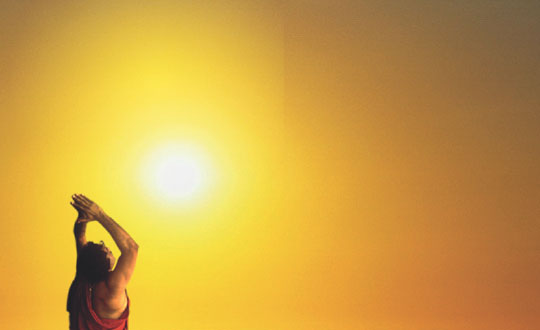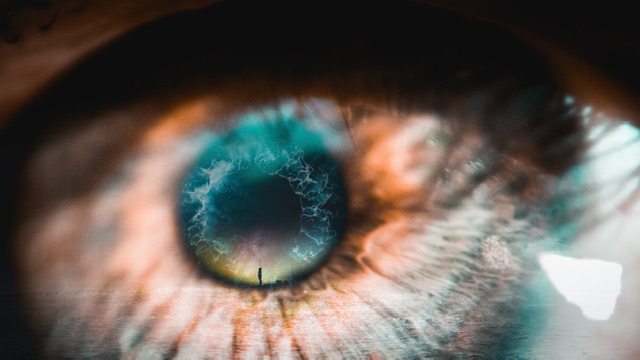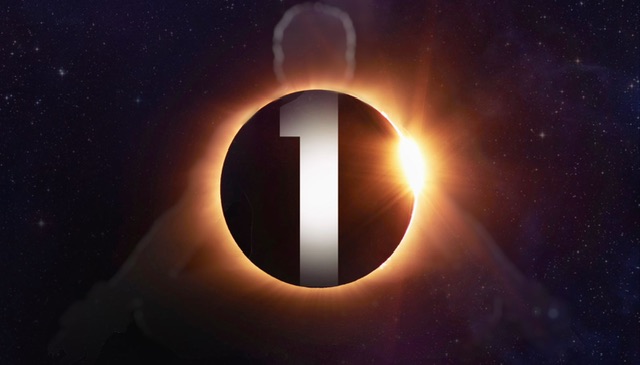Our entire life is linked to two energies – that of sun (surya) and of moon (chandra). Surya is the devta of gyan. Its shakti is Gayatriji, the source of all other shaktis in Creation. Sanatan Kriya details the Surya Sadhna, through which one experiences the energy of the sun and its true character is revealed to the practitioner. For general understanding, it is enough to know that the sun is closely linked to our lives. The importance of sun can be gauged to an extent from the role it plays in the physical creation – plants use sunlight to make food and in turn provide nourishment to all beings on earth, the water cycle, the winds, the ocean currents all are regulated by the heating effect of the sun, the planets are held in their respective orbits because of the attraction of the sun, it is sun that brings the change in day and season.
Having studied the sun for many years now, I can say with certainty that Surya Sadhna is a highly potent practice, which if performed properly, under the guidance of a Guru, bestows a practitioner with phenomenal glow and attraction of the sun, reveals to him/her the deepest secrets of creation and unlocks the doorways for interaction with devs and devis. Youth, beauty, radiant body, complexion and magnetism to draw all that one is desirous of, towards him/her, are just some of the by-products that come with regular practice. The vedic rishis would perform penance for decades together to achieve this state, the process has been simplified in the kaliyug, given the deterioration of human beings. It is the easiest for a being of kaliyug to access these energies, for in present times, even small acts of sadhna and seva bear manifold results.
With every change in yug, there is a shift in the tilt of earth’s axis. As a result, there is also change in the various shaktis governing creation. It is the tilt in earth’s axis that causes the apparent movement of the sun from north to south (solstices) crossing the equator twice in a year (equinoxes). Makar Sankranti marks the day when the sun appears to enter the zodiac of makar (Capricorn). Traditionally, the day coincided with the northward movement of the sun having reached its southern most point, the phenomenon known as uttarayan in vedic philosophy. It was an extremely potent day, marking a transition in energy. According to vedic tradition the six months of uttarayana are a single day of the gods; the six months of dakshinayana are a single night of the gods. In Mahabharata, Bheeshma Pitamaha, chose to leave his body for the heavenly abode on this day since it marks the onset of an auspicious time.
However due to the change in yugas, there has been a shift in the date. While Makar Sankranti has moved to January 14th – 15th, uttarayan is observed on earth close to December 21st-22nd, as experienced by surya sadhaks at Dhyan Ashram across the world. The more is the distance between the two dates with advancing times, the closer we are moving towards destruction, that is, the end of kaliyug. The science of yog is a science of experience, the vedic seer had experienced the shakti of sun and so gave us the relevance of Makar Sankranti. In the absence of Guru and gyan, one often takes to rituals and customs having little or no understanding of the science behind them. It’s a very powerful science based on vedic principles, correct practice of which gives phenomenal glow and siddhis to the practitioner.
Surya Sadhaks In History
Asur Maye was given the gyan of Surya Siddhanta by the sun god, limited version of which is available to us in modern times as a treatise detailing the true motions of the luminaries, locations of stars, calculation of solar eclipses as well as solstices, kinds of time, length of the year of gods and demons, day and night of god Brahma, the elapsed period since creation, size and movement of planets, lunar eclipses etc.
On ascertaining Surya to be an all-knowing teacher, Lord Hanuman requested Surya to accept him as a student. Surya refused and explained that since he is always on the move, it would be difficult for Hanuman to learn well. Undeterred, Hanuman enlarged his form, with one leg on the eastern ranges and the other on the western ranges, and facing Surya again pleaded. Pleased by his persistence, Surya agreed. Hanuman then learned all of the latter’s knowledge.
Rishi Vishvamitra meditated on the sun and received the Gayatri Mantra, the mother of all the mantras, a mahamantra





